This project supports the construction and operation of a hydro plant that will generate renewable energy for the Chilean national grid. Along with avoiding emissions from fossil fuels, the project also promotes stewardship of the region’s water resources and ecosystems. The rural communities that live in the area benefit from improved infrastructure as well as employment and skill development opportunities.
Where & Why
Like most countries, Chile is highly reliant on fossil fuels to power homes and key industries, like copper mining. In 2010, at the onset of this project, nearly two thirds (60%) of Chile’s electricity generation came from fossil fuels. As Chile is only a minor producer of fossil fuels, most of this energy must be imported from other countries.
In recent decades, Chile’s population and economy experienced significant growth. As this happened, the amount of electricity consumed steadily increased. Today, total electricity consumption in Chile is five times higher than it was 30 years ago. This power demand is expected to continue to rise by just over 2% every year for the next 20 years.
To keep up with this rising demand for electricity, Chile must develop new sources of energy. To avoid harmful CO2 emissions, the country must transition away from fossil fuel power plants towards renewable energy solutions, such as hydroelectric power.
How & Who
This project avoids carbon emissions through the construction and ongoing operations of a small-scale hydroelectric power plant. The power plant, which opened in 2010, is located in the rural community of San Clemente in central Chile. It’s a small, ‘run-of-the-river’ hydro plant, meaning it utilizes the water diverted from the Sanatorio Brook to generate electricity. These types of hydro plants are considered to be a more environmentally friendly alternative to large hydroelectric dams, as they do not typically alter the natural flow of the river and have a smaller impact on aquatic ecosystems.
Thanks to the natural flow of the brook, the hydro plant is expected to generate 28,470 MWh of electricity each year. This equates to the amount of electricity that it takes to power roughly 2,000 households. The electricity from the San Clemente hydro plant flows into the Sistema Eléctrico Nacional (SEN), an interconnected grid that spans nearly the entire length of Chile and supplies 99% of the country’s electric power. This renewable power replaces energy that would otherwise have been partially generated by fossil fuel-fired power plants. Resultantly, the project is expected to prevent 16,560 metric tons of greenhouse gasses from entering the atmosphere each year.
Along with swapping fossil fuels for renewable energy, the project is also creating other environmental benefits. Located in the fertile Maule region, the lands surrounding the hydro plant are patterned with agricultural fields. Here, farmers grow pine crops, berries, apples, and other crops. Irrigating these crops places pressure on the area’s water resources. To conserve water, the project developer signed an agreement with the association of local farmers which encourages water saving and irrigation efficiency. During the 2016-2017 season, this led to 29% less water used for irrigation. To further raise environmental awareness, a teaching manual was developed for local schools that will help students learn about their region and how to care about the environment.
The project also generates benefits for the local community, which has a high level of poverty and unemployment compared to the national average. More than 120 workers, most of whom were local, were hired for the initial construction of the hydro plant. Additionally, the increase in people living in the area and the hydro plant’s ongoing operation injects more dollars into the local economy. In 2019, the project developer purchased $2 million of goods and services from suppliers across the region. A certification program was also created to engage local entrepreneurs in nature tourism, such as kayaking on a nearby reservoir. In total, 23 local tourism entrepreneurs were certified through the program.
Along with these economic benefits, the project developer also supported local communities in recovering from natural disasters. In 2010 a severe magnitude 8.8 earthquake struck off the coast of south-central Chile, damaging nearly 400,000 homes. Again, in 2017, some of the worst forest fires in Chile’s history ravaged the region. In the aftermath of these events, the project developer built more than 30 houses for community members who had lost their homes.
The project led to the extension of the potable water network to supply water to more households. Other community initiatives supported by the project developer include purchasing supplies for a local school and building a community center with games for children.

Environmental Benefits
- Mitigates climate change by generating renewable hydro power
- Promotes water conservation
- Raises awareness around environmental stewardship

Community Benefits
- Supports local jobs and channels dollars into the economy
- Improves the potable water infrastructure
- Builds the capacity of local entrepreneurs to engage in nature tourism
- Provides housing for disaster-affected communities
- Increases Chile’s energy independence
Project Type

Energy
Location
Annual CO2 Reduction
16,560 metric tons CO2e (expected annual average for crediting period)
SDGs Supported
Verification Standard
Project Developers
Colbun S.A.
Project Documents
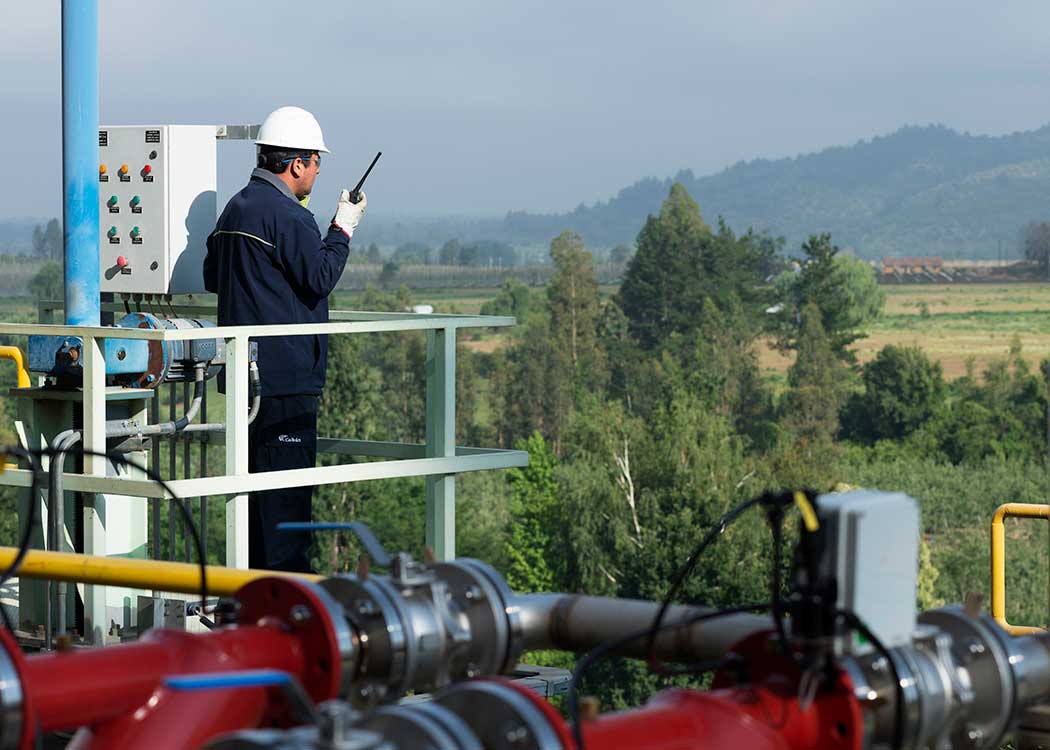
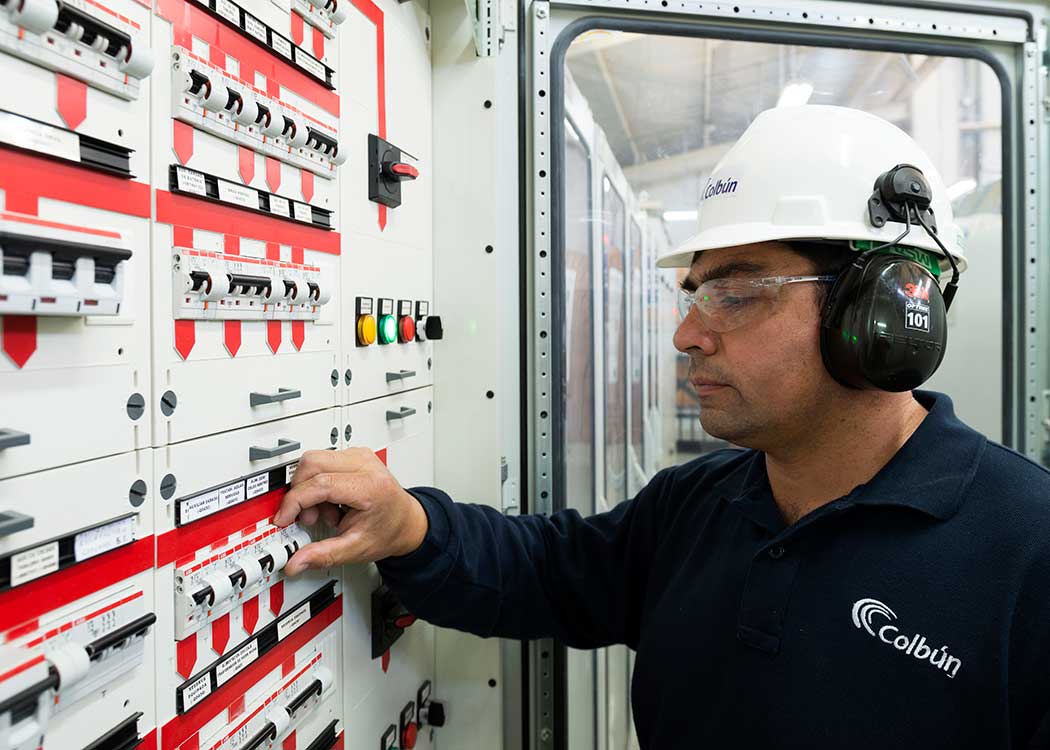
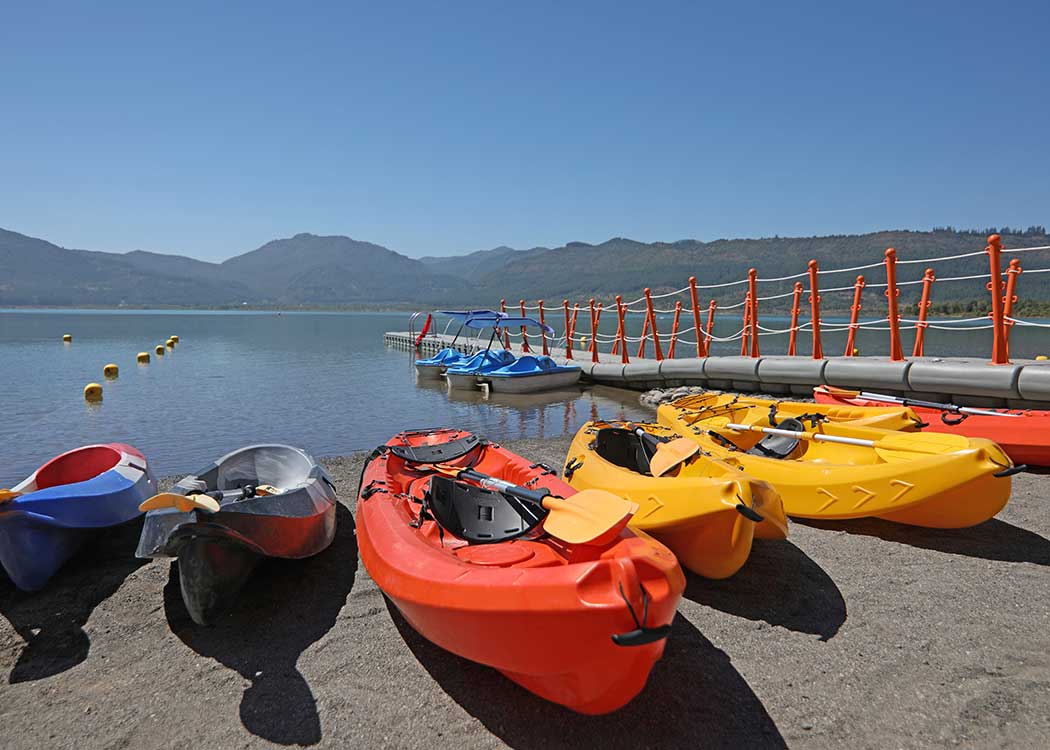
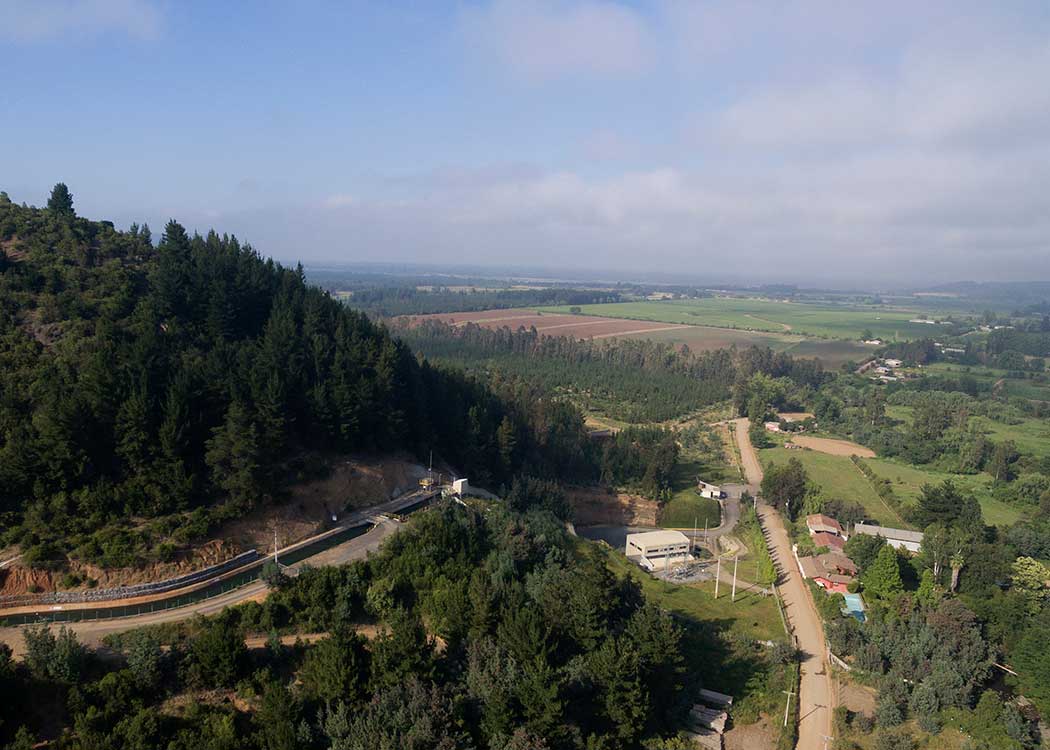
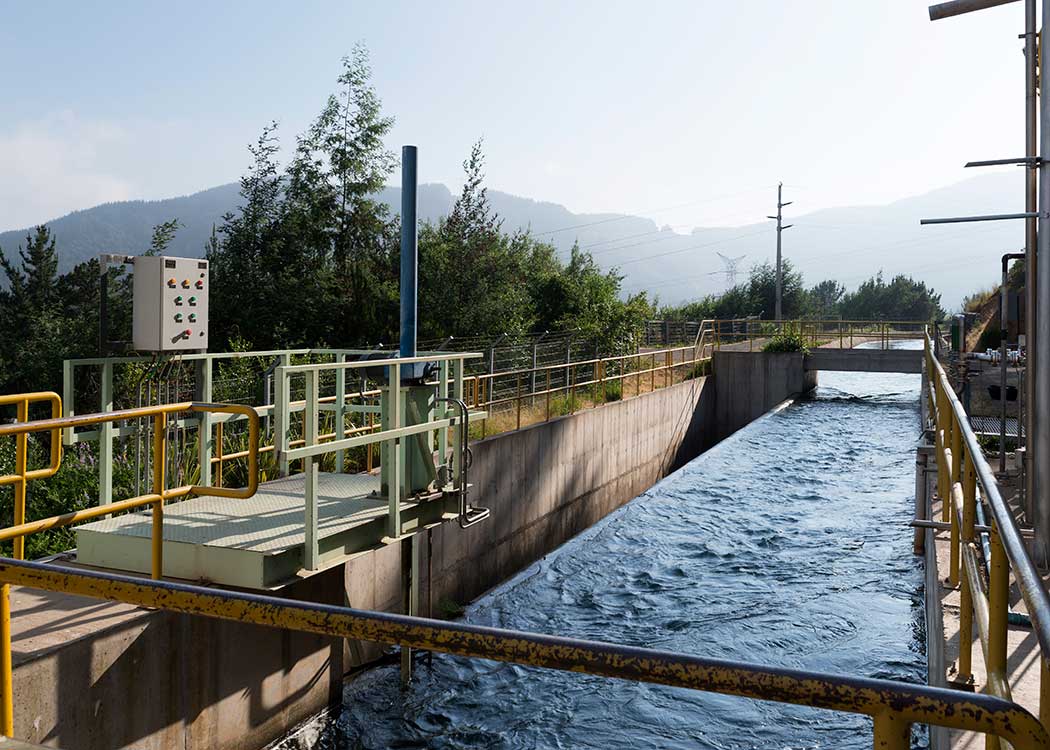
Offset Your Travel Footprint
Calculate and offset the carbon footprint of your flight in seconds via our online carbon calculator. Or, for businesses, explore our measurement and offsetting options.







